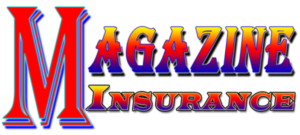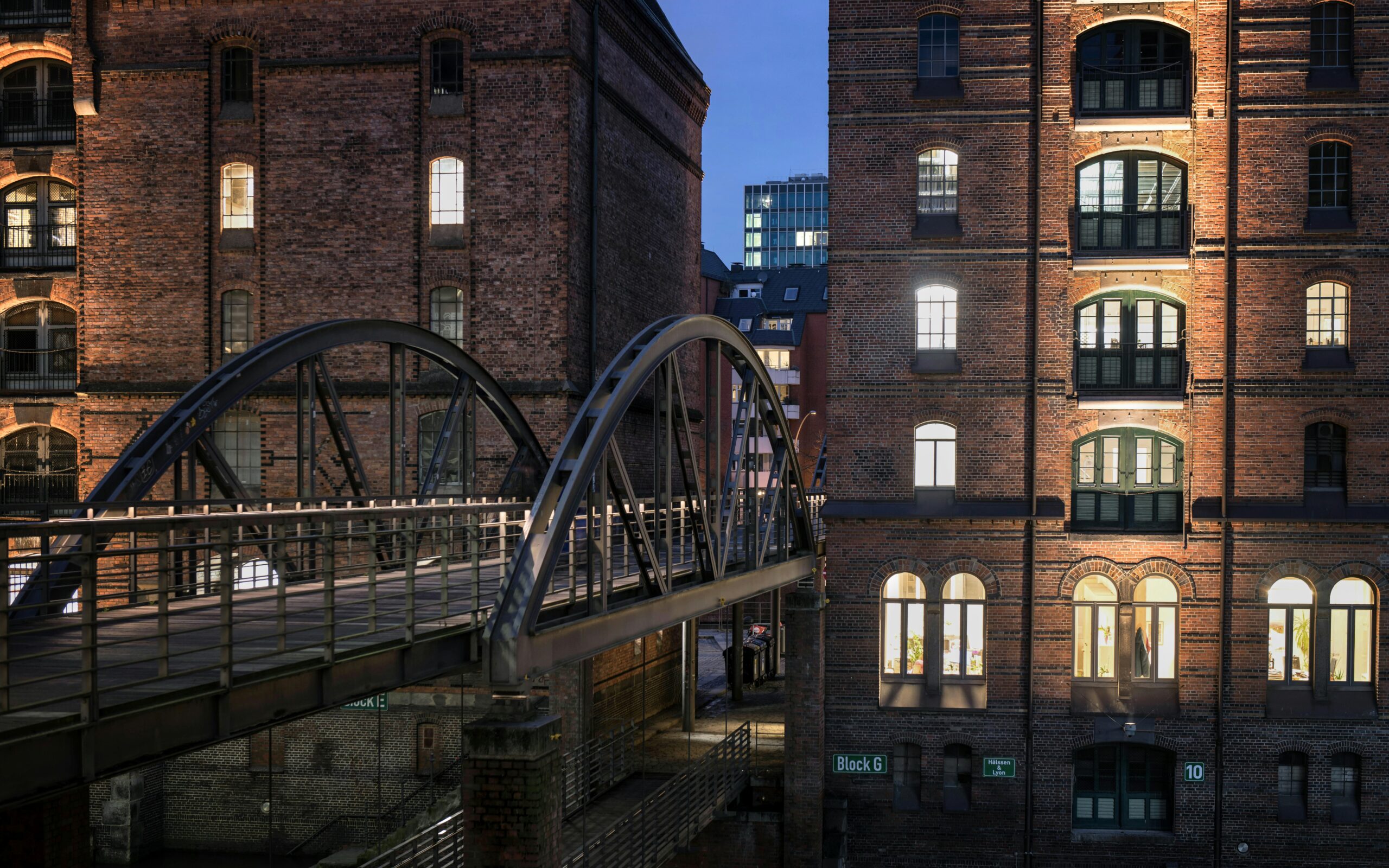
The strong point chemical compounds team Evonik desires to make the recycling of lithium from power batteries of electrical automobiles more uncomplicated, less expensive and extra environmentally pleasant. The ceramic membrane procedure evolved for this function must be in a position for the marketplace in 3 to 5 years.
Evonik researchers are depending on lithium recycling in an electrochemical procedure with a ceramic membrane. In keeping with the corporate, the method is already being examined within the laboratory on a tribulation scale.
On the finish of the method, high-purity lithium hydroxide is acceptable for the manufacturing of latest lithium hydroxide appropriate for the manufacturing of latest batteries. Evonik says that this procedure will basically be characterized by means of its excessive potency. The start line is the black mass, which is composed of a mix of the cathode lively fabrics. Fabrics akin to cobalt and nickel are extracted all through hydrometallurgical processing generating a leaching liquid containing lithium.
That is the place the lithium-ion-selective membrane evolved by means of Evonik is available in: From the aspect with the recycling liquid and a undoubtedly charged anode, it best permits the undoubtedly charged lithium cations to cross to the opposite aspect with the negatively charged cathode. There, the lithium ions shape high-purity lithium hydroxide with hydroxide. In keeping with Evonik, this has a purity degree of just about 100 in step with cent.
This electrochemical procedure is meant to switch the type of hydrometallurgical processing of lithium that has been commonplace previously. The brand new procedure must save water, power and chemical compounds. Within the German towns of Hanau and Marl, Evonik is now operating on moving the method from the laboratory to a bigger scale. The recycling professionals are assured that they’re going to have evolved the ceramic membrane procedure to marketplace adulthood in 3 to 5 years. This 12 months, the prototype design shall be examined with exterior companions, pilot modules shall be created in 2023, after which the primary larger-scale modules in 2024.
Elisabeth Gorman, lithium recycling knowledgeable at Evonik issues out, “In a couple of years, many lithium-ion batteries shall be coming to the tip in their provider existence. Consequently, there shall be a pointy upward thrust within the quantity of spent batteries that can be utilized to recycle lithium.” She explains that with the various new manufacturing amenities being arrange in Europe for the mass manufacturing of electrical car batteries, this quantity is ready to extend. She urges that regulation within the EU is wanted: “The EU, particularly, is urgent for treasured uncooked fabrics to be re-used within the manufacturing cycle. This is already life like for cobalt and nickel, however the recycling fee for lithium is lower than 5 in step with cent at this time.”
In China, the place electrical automobiles were extra not unusual for an extended time frame, battery reuse in second-life programs and recycling processes were matter to a number of stages of presidency regulation to deal with the large choice of batteries to be recycled.
Previous remaining 12 months, Evonik joined a consortium with 4 different corporations, Ahead Engineering, Lion Sensible, Lorenz Kunststofftechnik and Vestaro remaining 12 months to broaden a brand-independent, light-weight battery idea for electrical automobiles. The consortium set itself to create a mild battery idea for BEV automobiles this is appropriate for sequence manufacturing and in response to unified assemblies and a cross-market element same old.


























